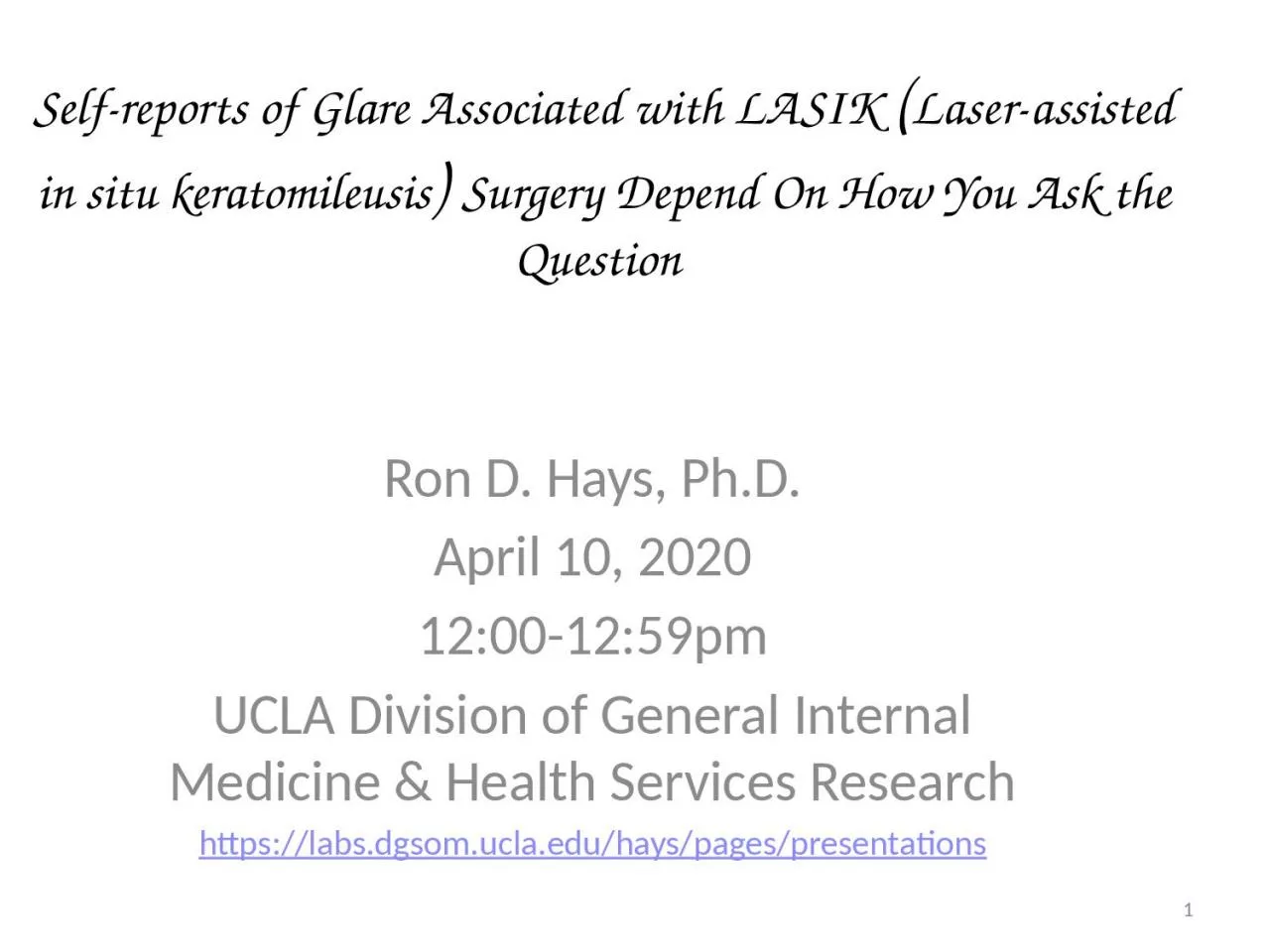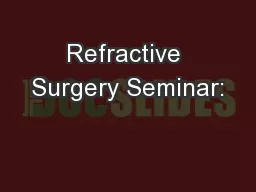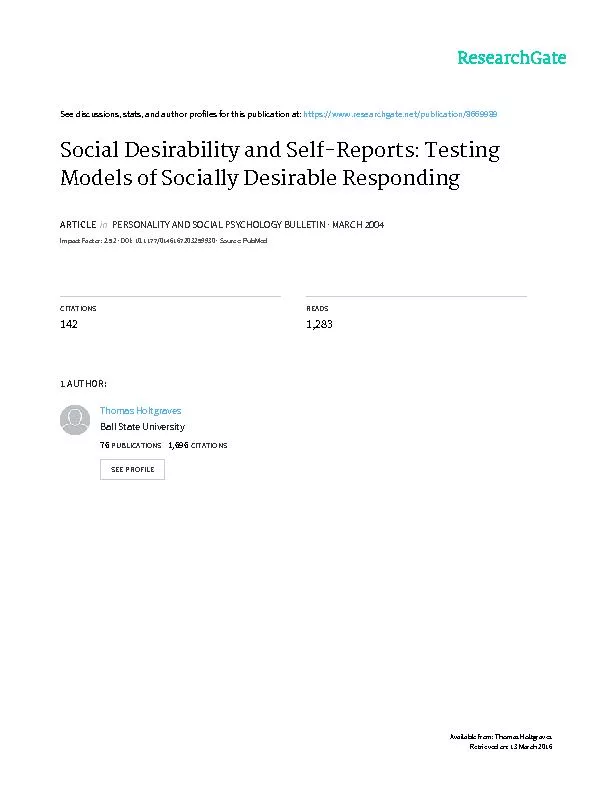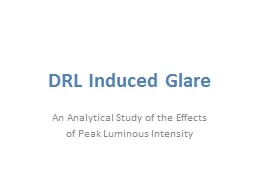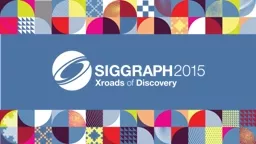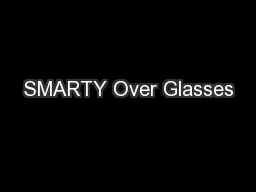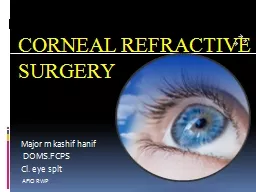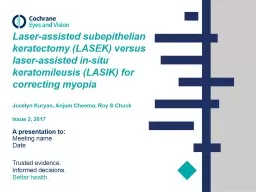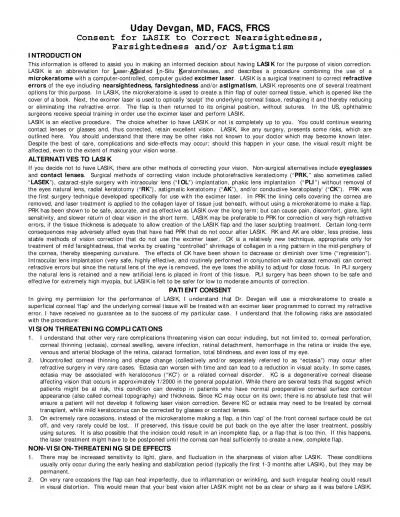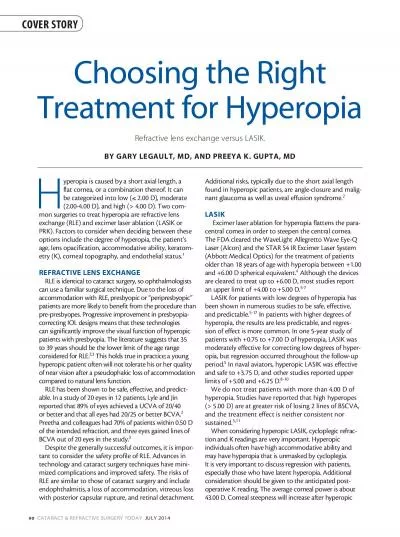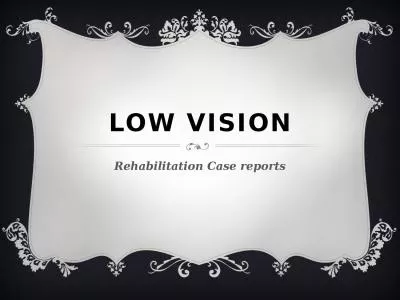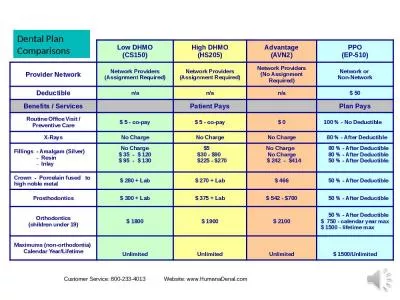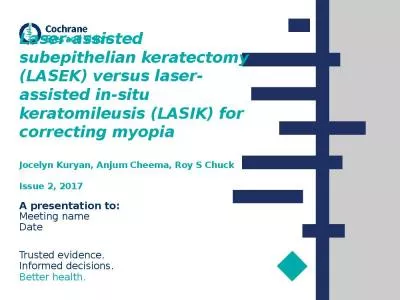PPT-Self-reports of Glare Associated with LASIK
Author : callie | Published Date : 2024-03-13
Laserassisted in situ keratomileusis Surgery Depend On How You Ask the Question Ron D Hays PhD April 10 2020 12001259pm UCLA Division of General Internal Medicine
Presentation Embed Code
Download Presentation
Download Presentation The PPT/PDF document "Self-reports of Glare Associated with LA..." is the property of its rightful owner. Permission is granted to download and print the materials on this website for personal, non-commercial use only, and to display it on your personal computer provided you do not modify the materials and that you retain all copyright notices contained in the materials. By downloading content from our website, you accept the terms of this agreement.
Self-reports of Glare Associated with LASIK: Transcript
Download Rules Of Document
"Self-reports of Glare Associated with LASIK"The content belongs to its owner. You may download and print it for personal use, without modification, and keep all copyright notices. By downloading, you agree to these terms.
Related Documents

